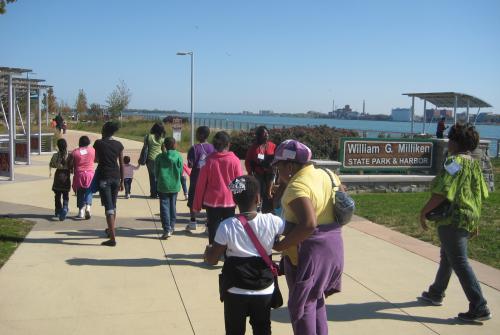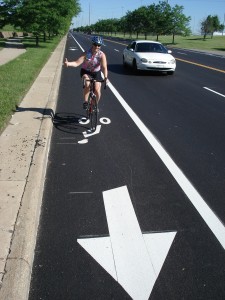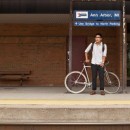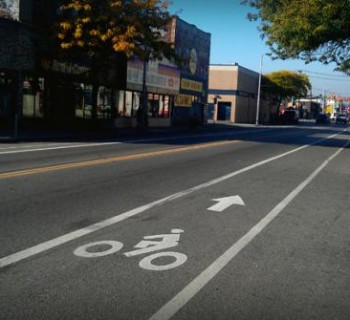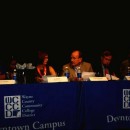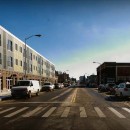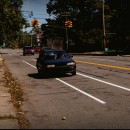Source: Myra Tetteh
Editor's Note: The following edited excerpt is from a journal article submitted for W.K. Kellogg Foundation’s Digest of Community Development. It was written by Nikita Buckhoy, Todd Scott, and Myra Tetteh, members of the Physical Activity Workgroup (formerly Built Environment Workgroup) of the Detroit Food & Fitness Collaborative. It was originally posted by the Detroit Food and Fitness Collaborative and is reposted with permission.
The paper addressed how complete streets and greenways are solutions to Detroiter’s concerns around safety, health and economy. In February we published an excerpt on safety; this article addresses how complete streets have the potential for improved community health.
Detroit residents suffer from chronic diseases and obesity at an alarming rate. Much of this can be avoided with better nutrition and increased physical activity. However, Detroiters lack availability and access to walkable and bikeable communities. The Physical Activity Workgroup is working diligently to improve the access to safe spaces to physically active in Detroit.
Our workgroup leads the Detroit Complete Streets Coalition, which has a three-pronged purpose:
- to build and sustain a coalition,
- to educate the community on complete streets, and
- to lead the effort to pass a complete streets ordinance.
The complete streets ordinance will encourage the planning and implementation of complete streets infrastructure in the community.
These changes are in line with the Institute of Medicine, which recommends fighting childhood obesity by establishing ordinances to encourage the construction of sidewalks, bikeways, and other places for physical activity, like those suggested with complete streets policies. (Institute of Medicine of the National Academies, 2011)
Residents are 65 percent more likely to walk in a neighborhood with sidewalks, which is a method of making a street a complete street. (Giles-Corti & Donovan, 2002)
Additionally, the planning and construction of greenways in communities increase the opportunities for residents to be physically active. Forty-three percent of people with safe places to walk within ten minutes of home met recommended activity levels; among those without safe places to walk just 27 percent met the recommendation. (Powell, Martin, & Chowdhury, 2003)
The Dequindre Cut in Detroit is a shining example of a greenway that increases the opportunities for residents to be physically active. Located in Downtown Detroit, the Dequindre Cut gives access to residents and visitors alike to walk and bike on an off-road facility.
The city of Detroit was the recipient of a $10,000,000 grant through Transportation Investment Generating Economic Recovery (TIGER) II funding. This will extend the Dequindre Cut to Eastern Market, a six-block market selling healthy, fresh foods to residents at affordable rates.


